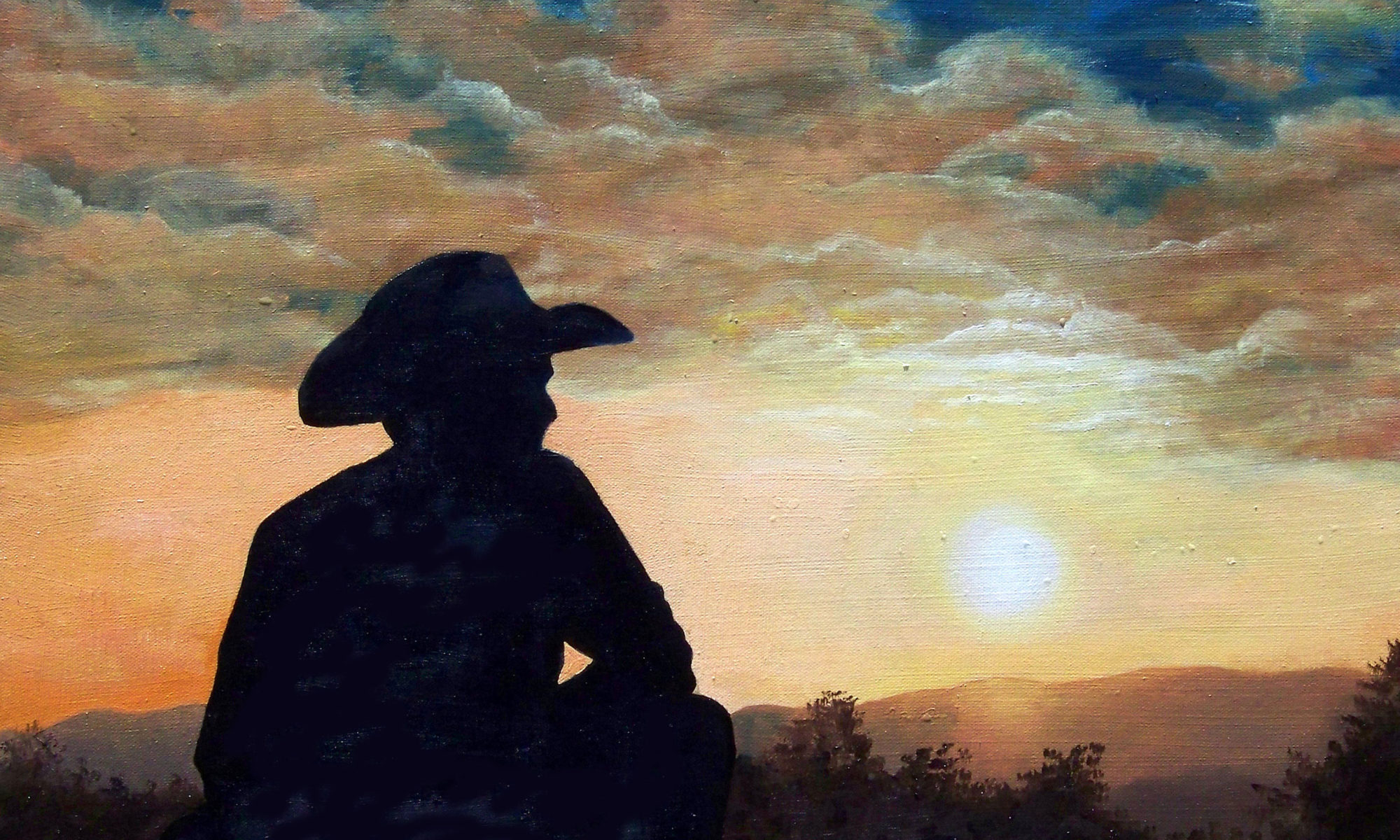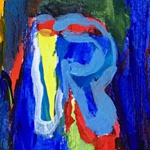
RABATMENT OF THE RECTANGLE | RYB
Quick links to more art terms and definitions are located at the end of the list.
Rabatment of the Rectangle
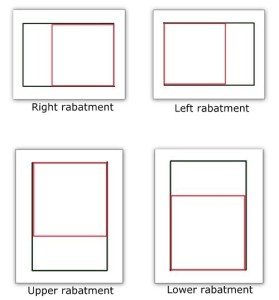
A compositional technique that arranges elements or divides space within a rectangle to form a perfect square. This method can be applied to any rectangle, allowing for a right or left rabatment in landscape rectangles, and an upper or lower in portrait rectangles. Key elements of the composition are positioned within these squares to establish a focal point. This approach improves the aesthetic quality of artworks by positioning the center of interest away from the middle of the canvas.
Rabbet
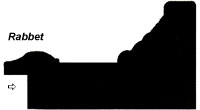
In art, the “L” cut all around the perimeter of the frame, against which glass, mat, or picture panels are installed.
Radial Balance
Refers to the arrangement of visual elements around a central point. This arrangement adds depth, evokes movement, and creates a focal point in an image. Think of a mandala or a sunflower. The central point acts as the fulcrum, ensuring stability while maintaining visual interest.
Realism
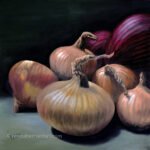
A style of art most people consider to be “real art.” This is because it attempts to depict the topic as it appears in real life but stops short of appearing like a photograph. Realism is art without stylization or following the rules of formal artistic theory. Instead, the artist spends a fair amount of time and effort paying attention to creating an accurate depiction of life forms and objects, perspective, good composition, lights and darks, and color and tone.
Recycled Art
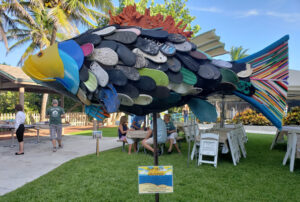
Contemporary works of art made from garbage, discarded items, or found objects that once had another purpose. Such items include plastic shopping bags, food containers, old plastic toys, vehicle tires, fabric scraps, bicycle parts, car parts, clothing, footwear, etc.
Red
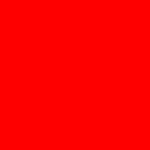
One of the three primary colors of pigments used in painting, and the complement or opposite of the color green. In painting, red is used to create a multitude of colors when mixed with other hues.
Reference Photos
A collection of images used by visual artists for inspiration and composition. They can be of any living or inanimate object, place, animal, plant life, or individual. They are useful when it’s impossible for the artist to be there in person to physically observe the subject matter they want to paint or draw.
Reflected Light (in art)
The light that bounces off one object and strikes another. It adds depth and variation to an object, creating contrast in dark or uninteresting areas. Additionally, it can lighten some areas of the shadow, giving the shadows more depth and subtlety Understanding reflected light is essential for achieving a sense of three-dimensionality in artwork, whether drawing or painting. Also called bounced light or indirect light.
Relative Apparent Size
An optical illusion where distant objects appear smaller than those in the foreground due to our perception of depth and distance. When we observe a scene, our brain considers the relative sizes of items. If there are two objects that are the same size, the one closer to us will appear larger because it occupies more of our visual field. This phenomenon is crucial for artists to comprehend if they want to a create a sense of depth and spatial relationships in their compositions.
Relative Position
Refers to the position of objects relative to an imaginary line formed by our line of sight. We have a tendency to view items from our own eye level; objects in the foreground (or closest to us) appear on a lower plane, while distant objects appear on a higher plane. This is a notion that artists must understand if they wish to create a sense of depth and spatial relationships in their works.
Religious Art
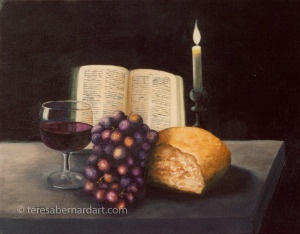
(Also called “sacred art.”)
Any form of artistic representation that uses religious inspiration to convey a message aimed at spiritual upliftment. It can be a sacred story or a profession of the artist’s faith, encompassing any set of individual beliefs, whether Christian or non-Christian.
Renaissance Art
Refers to the paintings, sculptures, and decorative arts from the European historical period known as the Renaissance, which means ‘rebirth’ in Italian. Originating around 1400 AD in Italy, this era extended roughly from 1400 to 1600 and marked a pivotal time in European history. It mirrored the cultural and intellectual shifts in philosophy, literature, music, science, and technology. Renaissance art transitioned from the medieval period’s abstract forms to the 15th century’s representational styles, depicting biblical scenes, portraits, classical motifs, and current events. Drawing inspiration from classical antiquity, it emphasized realism and human nobility, echoing the classical art of the Greek and Roman empires. The Renaissance lasted until the 17th century, with artworks often portraying the natural world’s beauty and intricacy. Notable Renaissance artists include Leonardo da Vinci, Michelangelo, and Raphael, celebrated for iconic works like the Mona Lisa, the Sistine Chapel ceiling, and the School of Athens.
Rendering
An important process in art that involves creating a realistic representation of a figure, object, or scene using a variety of methods. In conventional art, rendering entails painting with lines, shapes, and colors, whereas in digital art, it entails finishing a piece with computer effects. This step entails working on lighting, shading, and adding details and textures. In both conventional and digital art, rendering improves the quality of a drawing by making it more visually appealing. Shading, lighting effects, and simulated shadow/reflection are among the techniques used. Finally, rendering adds depth and reality to the artwork, making it a useful tool in the art industry.
Repetition
A design principle that involves the repetition of an element or a series of similar elements, either regularly or irregularly.
Representational Art
Also called figurative art, an artwork that represents objects or events in the real world. It is an art that is clearly identifiable as something that already exists in life. The term is in contrast to abstract art.
Reproduction
A copy of an original print or fine art piece. The reproduction could be in the form of an offset-lithographic print or even reproduced using the same medium as the original.
Retreating Colors
Cool colors like blues, greens, and purples appear to recede into the background, creating a sense of distance. Retreating colors are opposite of “advancing colors.”
RGB
An acronym that stands for Red, Green, and Blue. RGB is a color model used to specify colors in digital images and computer graphics. It uses three numbers, each representing 8 bits with integer values ranging from 0 to 2552, to indicate the intensity of the red, green, and blue colors.
Rhythm
A continuance, a flow, or a feeling of movement achieved by the repetition of regulated visual units.
Rich Black
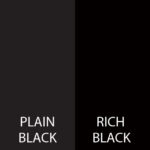
A term used in printing to describe a black ink mixture that includes certain percentages of cyan, magenta, and yellow in addition to black. Plain black is 100% black ink and often appears dull and lacks a certain depth. Whereas rich black results in a darker, richer tone of black. The mixture is often 60% cyan, 40% magenta, 40% yellow, and 100% black, although the percentage can vary.
Right Brain
Refers to a theory in which the brain’s right hemisphere is the center of creativity, governing art and spatial awareness. In contrast, the left hemisphere is tasked with reading, verbal communication, and mathematical operations.
Round Art Brush
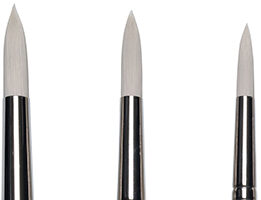
A traditional brush shape with a round or pointed tip in a round ferrule. The long hairs have large bellies and taper at the ends. They are ideal for sketching, outlining, detailed work, controlled washes, and filling small areas. Use one to create thin to thick lines that widen as you press down. This brush can hold a lot of paint for thick, large, and bold strokes. Thin, delicate marks are also possible if the pant loaded to the belly is thin. Rounds are most often used for small details and line work.
Rule of Odds
A compositional principle that suggests a composition with an odd number of elements is more captivating than one with an even number. Having an even number of elements tend to create symmetries that may appear monotonous.
Rule of Space (in art)
A technique that creates a sense of motion or activity in a composition by creating a negative space relating to the focal point. For example:
-
- When painting a portrait, if your subject is not looking directly at you, leave some negative space in the direction the eyes are looking, even if they are looking at something off-canvas.
- When painting a moving object, such as a runner or vehicle, placing negative space in front of the runner or object rather than behind creates a sense of direction or the implication of an eventual destination.
- If your subject is pointing at something or aiming at an object, place some negative space where the subject is pointing or aiming.
Rule of Thirds
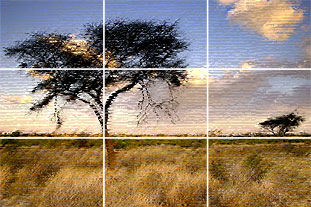
A strategy used by professional photographers to aid them when composing the subject matter of their photographs. Painters can use this efficient technique as well. This technique involves dividing the painting surface into nine equal sections and placing the essential elements of the composition along these lines or at their intersections.
Using the rule of thirds ensures that a painter’s composition will not be visually split in half, either vertically or horizontally. It also prevents the main subject from being centered, which would create a bull’s-eye effect and cause the remainder of the painting to be overlooked. Rather, it leads the viewer’s gaze to the focal point and then guides it throughout the artwork, creating a seamless transition from one element to another.
RYB
Stands for Red, Yellow, Blue. The primary colors used in painting and art. Also, see Primary Colors.
You May Also Like
This art encyclopedia is provided as a valuable resource for art enthusiasts. If you like the information here and find it helpful, please consider purchasing a painting. Your support helps to cover the cost of keeping this art encyclopedia online. Simply click or tap the thumbnail link of any Teresa Bernard oil painting to view additional details.
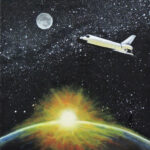
12″ w x 16″ h
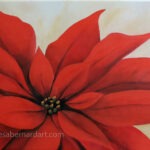
(2023)
12″ w x 9″ h
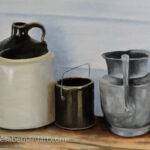
(2021)
12″ w x 9″ h
Art Glossary Quick Links
Contributing to The Art Dictionary
The art encyclopedia is a work in progress. New terms and definitions are added on a regular basis. If you know of an art term and definition that isn’t already listed in it, but you believe it should be, send it to us and we’ll consider adding it. We’ll let you know if we do. Thanks!
Thanks for reading this!
